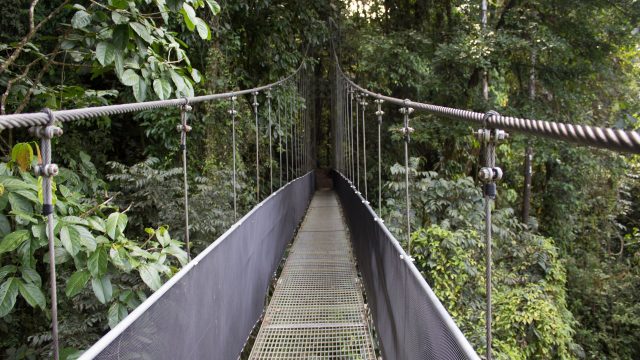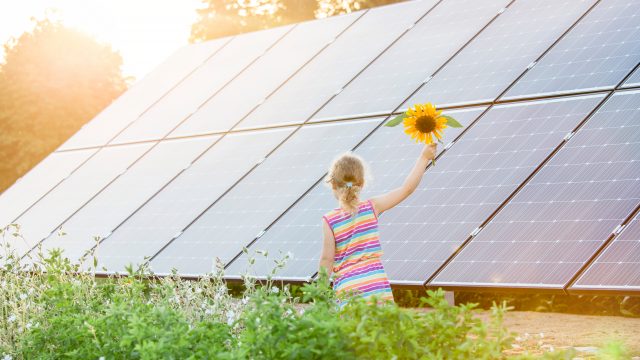The ‘next big thing’
As published in PV Magazine International in October 2023
The PV industry in Southeast Asia has come a long way since guest author Ragna Schmidt-Haupt, partner at Everoze, reported on solar financing innovation in the region more than a decade ago. In this article, she outlines five factors for success, the newest of which has the potential to become the next big thing, and not only in Southeast Asia.
Over the last decade, Southeast Asia experienced a rapid surge in solar installations that inexorably lost momentum due to a lack of grid capacity and uncertainty around tariffs and offtake agreements, such as in Vietnam and Thailand. Other Southeast Asian countries have managed more continuity and have remained reasonably attractive to specialised renewable energy players, despite much slower progress, such as in the Philippines. Overall, progress in many Southeast Asian countries is still hampered by a lack of local content, opaque permitting, and traditional energy market structures – especially for less specialised market players. Plans for grid interconnection, balancing, and easier energy trading still need to accelerate.
With these issues, Southeast Asia’s PV and energy storage industry is very similar to the rest of the world. German and Spanish markets have seen sharp rises, then painful cuts before some kind of recovery. The main ingredients for making or breaking PV project investments are actually pretty similar across the globe.
Land constraints
Countering land scarcity with technical and business model innovation is key. Agrivoltaics, dual use on fish ponds or shrimp farms, floating PV, and rooftop solar carry the benefit of potential revenue stacks, leveraging synergies from aspects such as shading, increased stakeholder acceptance, or even a fast track to permitting.
These approaches are technically viable and commercially attractive, as shown by Singapore’s 60 MW floating solar farm on the Tengeh Reservoir that went into operation in 2021, and the recent Portuguese floating solar tender with record low pricing. Now it needs efficiency and scale. But that’s not new or disruptive – that’s already becoming the new normal.
Battery storage
Adding battery energy storage systems (BESS) is gaining traction as a success factor. While battery storage systems add complexity and risks, portfolios containing BESS reap the benefits of additional revenue streams, value from increased grid stability and energy autarky. Australia, for example, is seeing XXL battery projects that are attracting debt and equity alike. While in Germany, there is a residential hybrid revolution happening with 1.2 GW/1.9 GWh of batteries installed in German buildings in 2022 alone. Again, no news to an experienced player. But heading into the curve.
Human resources
Skills shortage is one of the biggest challenges in the renewables industry today. Allowing flexibility in work location and patterns has already become standard. A route into shared ownership, and a more equitable sharing of risks and rewards, weighs more than paying above-market salaries. Self-ownership of career paths and the freedom to develop new ideas and skills are increasingly seen as just being part of an honest company culture.
But how does this work when volatile investment environments hamper consistent staff development, like in Southeast Asia? Well, since hiring is a real bottleneck, companies need to differentiate, and sustainability is a key factor in attracting talent.
ESG and sustainability
Nowadays, environmental, social and governance (ESG) and sustainability-related legislation is constantly moving forward. Everyone needs to prepare for further amendments – not only to avoid fines for non-conformance but also to anticipate reputational risks affecting shareholder value or even disruptions to supply chains.
In Southeast Asia, the adoption of ESG legislation and guidelines is driven by pressure from employees, the regulatory environment, and the desire to improve returns while reducing risk. Singapore is investigating whether climate-related disclosure should be mandatory from 2025.
So, while this is still “new-ish” today, there is a short window of time to develop a leading position in sustainability for solar and BESS if started now. Benefits include improved access to land, permits and stakeholder acceptance, as well as improved interest rates, since “green” investments are more likely to achieve a premium. This is where we start getting ahead of the curve.
 Nature based solutions
Nature based solutions
The real next big thing is investments in nature-based solutions (NBS) and biodiversity projects. But how are these related to renewables?
So how to start? With solar, this is easy, and everyone should be proactive about it. For example, by adding impactful and measurable biodiversity concepts and reserving space for the preservation or regeneration of ecosystems on the solar farms – instead of simply maximizing energy yield. Staying ahead of the curve means developing a strategy to find, develop and manage areas with ecosystems that can be restored. Having revealed the next big thing, now it is the time to act.






